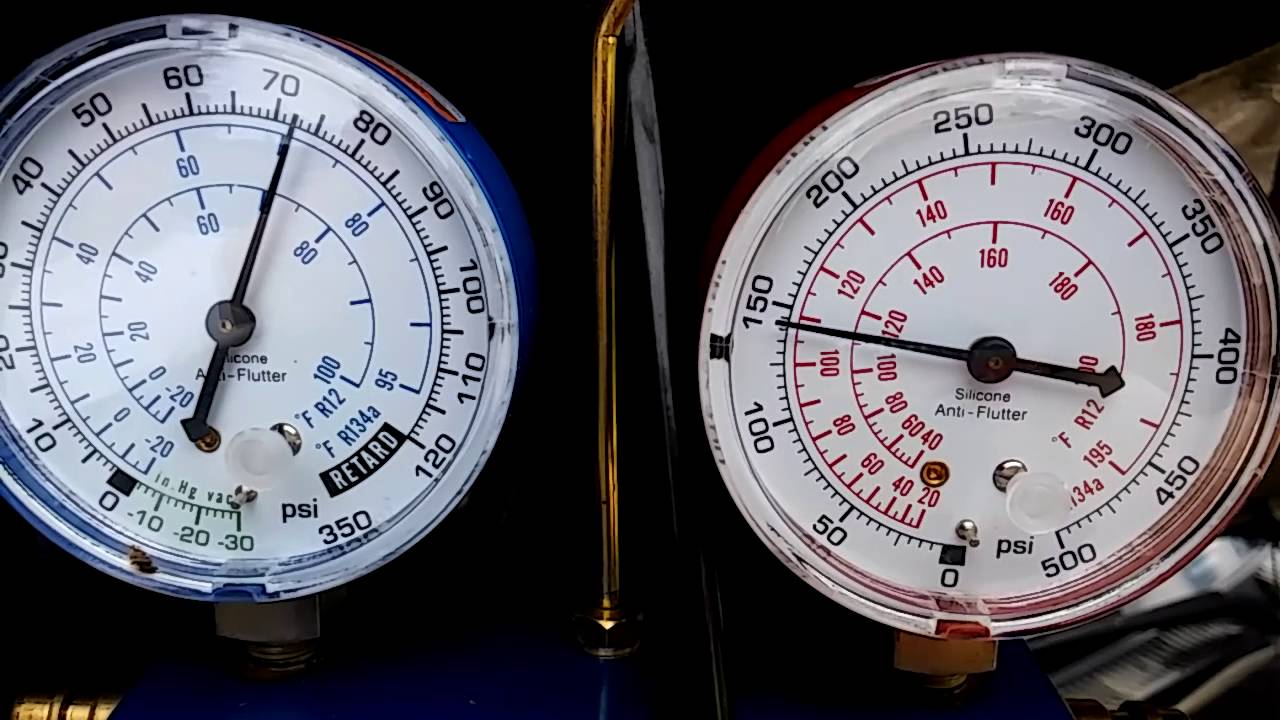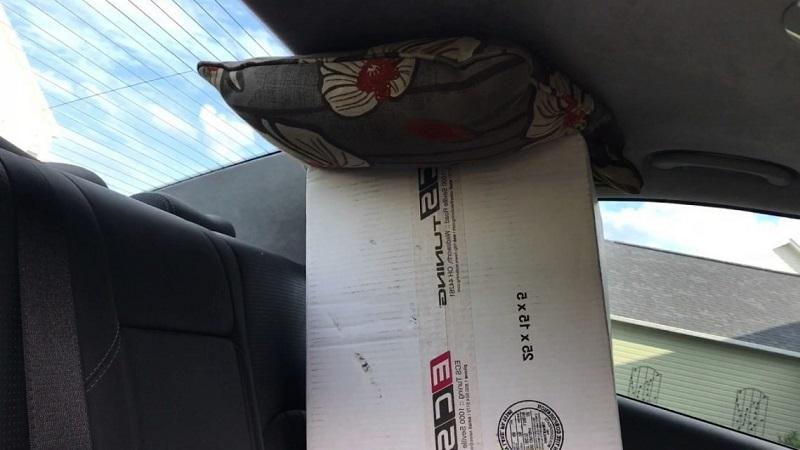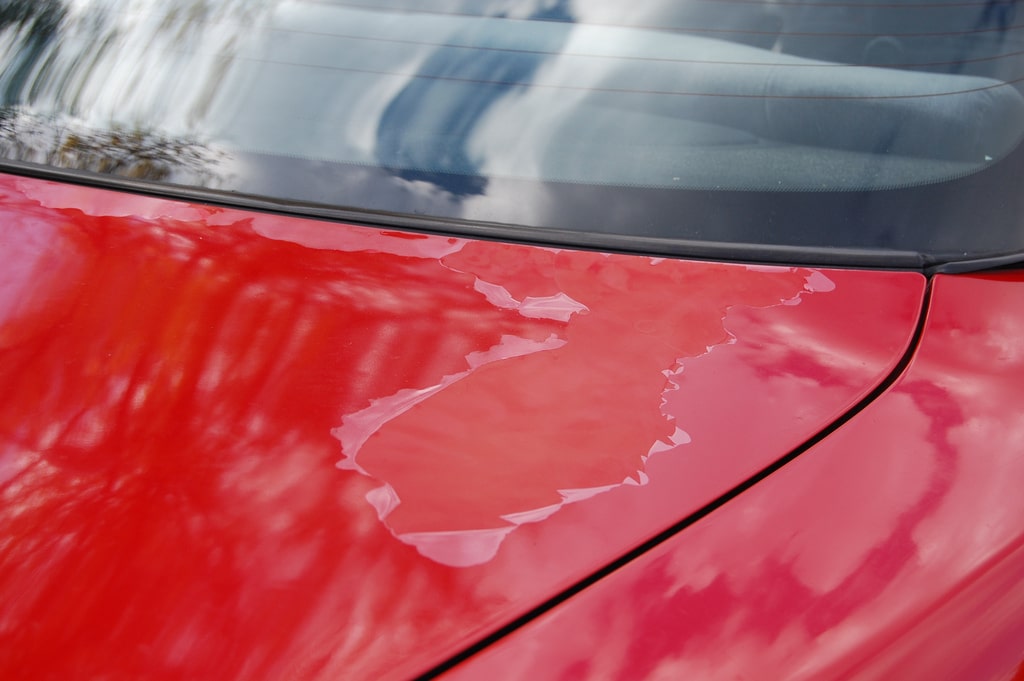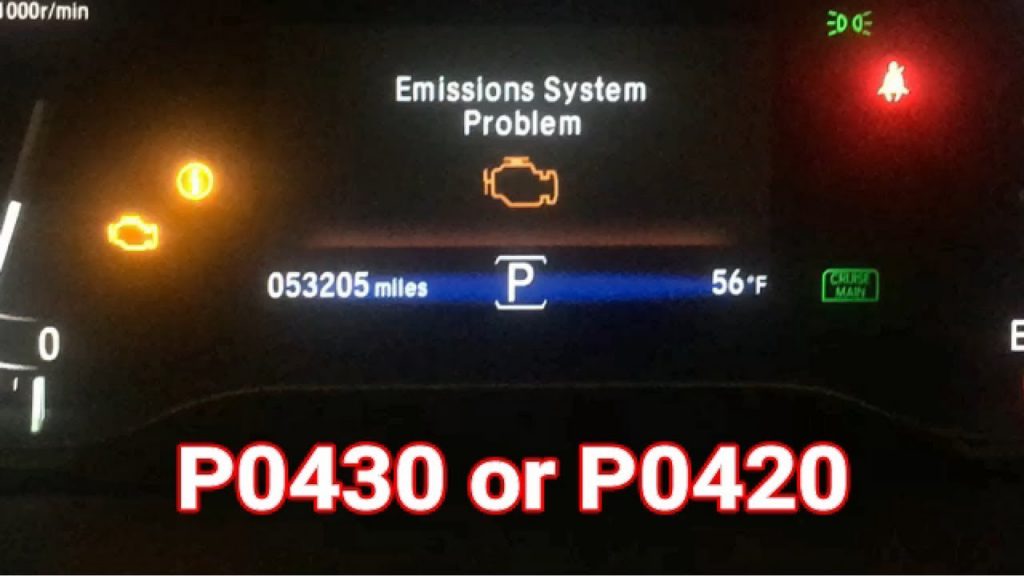When Do You Need A Car Transmission Flush?
There’s nothing worse than car trouble, especially when you‘re completely unprepared for it. It’s costly, stressful, and can take up time and resources you don’t have. We know the stress of having to fix unwanted repairs, especially transmissions. In most cases, your transmission should be flushed every two years.In the meantime, it’s best to regularly check your fluids and take note of any signs of trouble.
What Is Transmission Flush?
A transmission flush is a maintenance process in which all of the oil in a transmission is removed, new oil (and sometimes cleaning solutions) is run through it using a special machine to push out grime and sludge and then it is filled up with new oil. The transmission flush is called for to remove debris and sludge and replace 100% of the used oil with fresh, clean quarts.
1# Pros
The benefits of a flush are self-evident: to replace all the old, dirty transmission fluid with fresh, high-quality fluid. As a result, your transmission should run cooler and receive maximum protection from wear to clutches, gears and bearings. It should also shift consistently and crisply since the new fluid will provide the correct frictional properties (old fluid loses its frictional properties over time).
Not only that, but performing a flush helps clean the transmission. Sludge and other contaminants can accumulate in the fluid due to extreme heat breaking down the fluid. These contaminants circulate throughout the transmission before lodging in the filter. Before the filter can safely capture the contaminants, however, they can lodge in the narrow fluid passages inside the valve body, leading to poor shift quality.
The narrow fluid passages in the transmission valve body can easily clog with debris, reducing shift quality.
Performing a flush also allows you to use a flush additive to help clean the transmission and more effectively remove accumulated sludge and other contaminants.
2# Cons
For one, transmission flush is more expensive. And some people warn against performing a flush on a transmission using old, dirty fluid. The flushing procedure may direct the fluid in the opposite direction of normal flow, which may increase the risk of dislodging debris and causing it to settle somewhere it shouldn’t. Since the way each shop performs a flushing procedure varies, you can’t know for certain.
Why Is A Transmission Flush Necessary?
Is Transmission Flush necessary? A transmission flush is the same as other car fluid changes. When you or a mechanic do an oil change, it’s a rather simple process. They’ll remove the oil pan bolt, remove the oil filter, and make the old fluid drain until it stops flowing. However, it doesn’t completely remove all of the engine oil. Inside the engine block and cylinder heads are a series of galleys that make a small portion of oil lubricate moving parts until the new oil is circulated through the engine. An automatic transmission’s fluid is contained inside the hydraulic lines, so it needs to be ‘flushed’ or pushed through the lines to drain effectively, which also serves a secondary purpose. The transmission flush also pushes debris and other small particles developing from the transmission filter’s worn out fibers.
-

Transmission flush is a rather simple process
With automatic transmissions, there are 4 reasons why this process is so important:
- Extending the transmission lifespan: If the transmission’s internal hydraulic lines are clogged, it can break inner seals, which creates internal leaks and can lead to complete transmission failure. By having the fluid flushed and filters replaced every 30,000 to 50,000 miles, you substantially reduce the potential of damage and can extend its lifespan.
- Improving smooth shifting: When transmission fluid is substituted and the fluid is flushed, it improves the efficient flow of transmission fluid throughout the system. The end result is the transmission shifting smoother.
- Protecting warranties: Most new cars, trucks, and SUVs are available with a powertrain warranty — which protects the engine, transmission and drive-system components. However, if those systems are not maintained properly, it can void most extended warranties and cost you a significant amount of money if you need to replace them.
- Improving fuel economy: A smooth-shifting transmission is also crucial for the efficient operation of your engine. If the transmission slips or shifts higher than the engine is set, it can and often burns more fuel inside the engine than it is supposed. A transmission fluid change can make contribution to optimal fuel mileage.
You’ll see that in the information above that we haven’t mentioned transmission flush for CVT or manual transmissions. These units work differently and have their own recommended service intervals. The best way to clarify what you should have done for your vehicle is to call a professional mechanic, your automotive dealership or investigate your owner’s manual for a transmission service maintenance schedule. You will know when all the recommended services are required and suggested to keep your vehicle running strong and protect those warranties.
5 Signs That Your Car Needs A Transmission Flush
The following are 5 signs of needing transmission fluid.
Sign 1 – Problem Shifting Gears
If your car is refusing to shift smoothly (too early or two late), or if you hear any strange noises like a clunky sound, that means that you need a car transmission flush.
Sign 2 – Odd smells from your transmission
If you smell odors coming from your transmission, especially when you’re changing gears, it’s a possible indication that the fluid is old and dirty.
Sign 3 – Surging of the Vehicle
If your vehicle is jerking or surging when it shifts gears you may need to have clean fluid added to your transmission. Dirty transmission fluid can cause your transmission gears to shift hard causing your vehicle to jerk some.
Sign 4 – Delay in Vehicle Movement
If your vehicle stalls or hesitates to move forward when you first start it and put it into gear, your transmission fluid may be full of dirt and other micro particles. In this case, a transmission flush may help.
Sign 5 – Fluid underneath your vehicle
If you see pools of fluid under your car, especially pink or red fluid, it could mean your transmission has a leak. A transmission flush will help determine where, if any, the leaks are.
When a transmission fails, there are multiple ways the issue may be addressed. Knowing your symptoms of bad transmission fluid may help you decide when to get a transmission flush is the best for you and what is the difference.
Transmission Flush Vs Fluid Change
1. Comparison
As you can tell by their names, a transmission flush and a fluid change are two absolutely different services.

- A transmission flush uses a professional grade machine to flush all the transmission fluid from your vehicle completely and remove some grime and contaminants from the torque converter and cooler lines to prevent them from causing transmission problems. This process includes running a special solution through the lines until they come out clean completely and then fills up the system with new fluid.
- A fluid change on the other hand simply drains it with natural gravitational forces. Not all the fluid in the system is drained by this method and it does not flush out contaminants. It is said to only drain between 20%-40% of the total volume.
While a transmission fluid change concentrates on draining the dirty fluid from the pan, a transmission flush gets rids of all the fluid in the pan, the cooler lines, as well as the torque converter. While it depends how often you should service your transmission, it also matters which service you choose. Whichever service you choose, make sure that the transmission filter is replaced, the recommended fluid by the manufacturer is used, and the pan is dropped and inspected for any problems. The objective of both changes and flushes is to improve and extend the life and performance of your car.
2. Application
Before the damage has already been done and there is likely a lot of sludge and varnish accumulated inside. The fresh additives from the new fluid will assault the deposits, causing them to break off and jam valves, clog passageways, etc. In that case the tranny is doomed anyway, so your best advice is to do nothing to it, set aside some cash, and drive it for as long as you can.
Flushing and changing the filter are essential preventative maintenance procedures. They are not a solution for cars that already have problems or are on the way to a problem along with their black, burned and/or high-debris-content fluid. When you think there may be a problem, getting a transmission flush can bring more harm than good and make it fail faster than it would have otherwise. The same applies for higher mileage vehicles with their lines never flushed.
Endnote
Overall, the key to maintaining a transmission is doing exactly what is recommended in your vehicle’s owner’s manual. It will tell you whether you need to get a flush or change and how often you should have it done as after a certain number of miles or amount of time. Should I flush my transmission? Do not trust your car to something you read online or heard from a mechanic/service technician as some are just looking to get your money and do not care what is best for your transmission. (not saying all mechanics are dishonest, but they DO exist). Be sure to ask the person servicing your car to make sure they are performing the proper procedures recommended above and in the manual.














